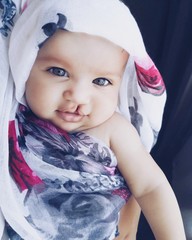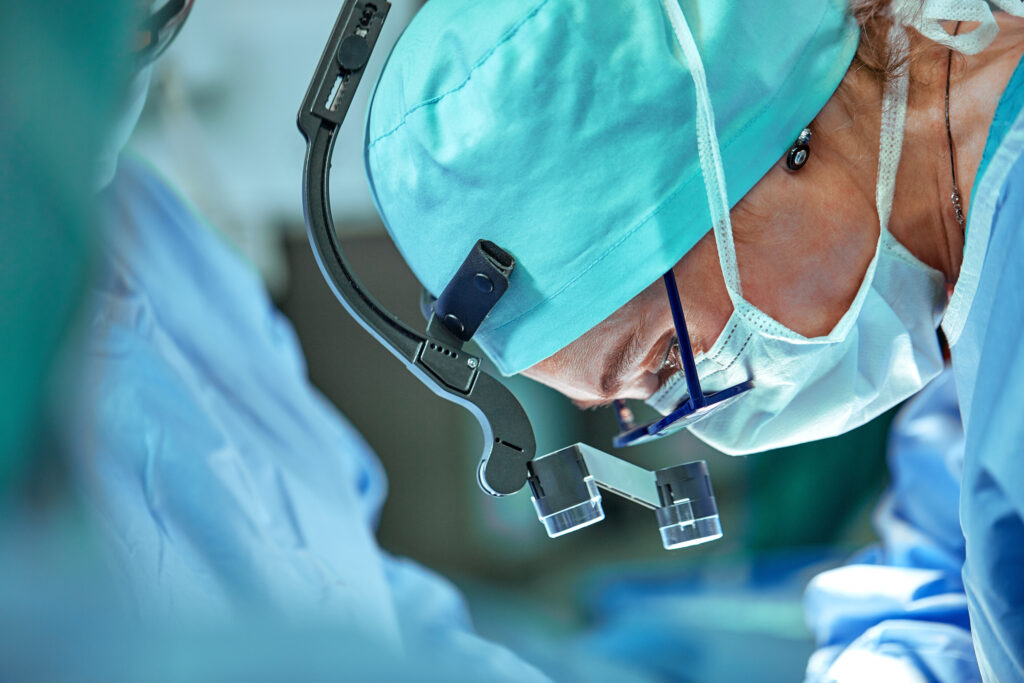A cleft lip and/or a cleft palate can occur during the early stages of pregnancy, when either the tissue of the upper lip or the tissue of the roof of the mouth do not form and join correctly, resulting in a split or gap that is called a ‘cleft’.
For a cleft lip, there may be a gap or opening in the upper lip either on one or both sides, which may extend into the nose. Clefts usually also involve the gaps in the upper jaw (alveolus) affecting the associated teeth. Clefts may be unilateral (one side) or bilateral (both sides).
Symptoms
Children with cleft lip & palate may have hearing, speech, feeding difficulties and dental problems. Hence a team of specialists including Paediatricians, Speech Pathologists, ENT (Ear, Nose & Throat) Surgeons, Audiologists, Plastic Surgeons, Oral & Maxillofacial Surgeons, Orthodontists and Dentists usually assess and guide the child and their family on an ongoing basis through childhood and ideally into adulthood.
Treatment
A baby can be born with a cleft lip, cleft palate and/or alveolus or upper jaw cleft in any combination. The treatment that is required will depend on the areas involved with the first stage of surgical treatment being the closure of the cleft lip (3-6 months) and then the cleft palate (9-18 months). The alveolar cleft of the upper jaw (maxilla) usually requires a bone graft procedure when the patient is approximately 8-12 years old and the timing depends on each child’s dental development. Often the cleft condition results in a malocclusion that will require orthodontic treatment (braces) and, due to the lack of growth of the upper jaw in many, jaw surgery (orthognathic surgery) will be required to correct the position of the jaws. Patients with clefts often have an associated nasal obstruction and deformity and this may require surgery (Septo-rhinoplasty). Complex conditions may require multiple surgical procedures.

A baby can be born with a cleft lip, cleft palate or alveolus or a combination of these. The treatment that is required will depend on the areas involved and the severity of the child’s condition.

Craniofacial Surgery
Craniofacial surgery involves treatment of complex facial and skull conditions that can result from congenital conditions, trauma and tumours.
Craniofacial surgery usually involves multidisciplinary teams that ideally include Plastic Surgeons, Oral & Maxillofacial Surgeons, Neurosurgeons, Ophthalmologists, ENT Surgeons, Paediatric dentists, Orthodontists, Paediatricians and Geneticists.
The surgeons who work in Craniofacial Teams have undertaken additional specialist training in paediatric and cranio-maxillofacial surgery.

Locate an OMS in your area
Ready for the next step? Find an ANZAOMS member in your area within Australia and New Zealand today.

Is oral and maxillofacial surgery right for you?
We’ve put together a handy list of questions for you to discuss with your surgeon.
Find out more information on other procedures
Note: The information covered within this web page and across this website is not intended as a substitute for professional medical or dental advice, diagnosis, or treatment. It is listed to provide you with a general overview to help you communicate effectively when you seek the advice of an oral and maxillofacial surgeon.

